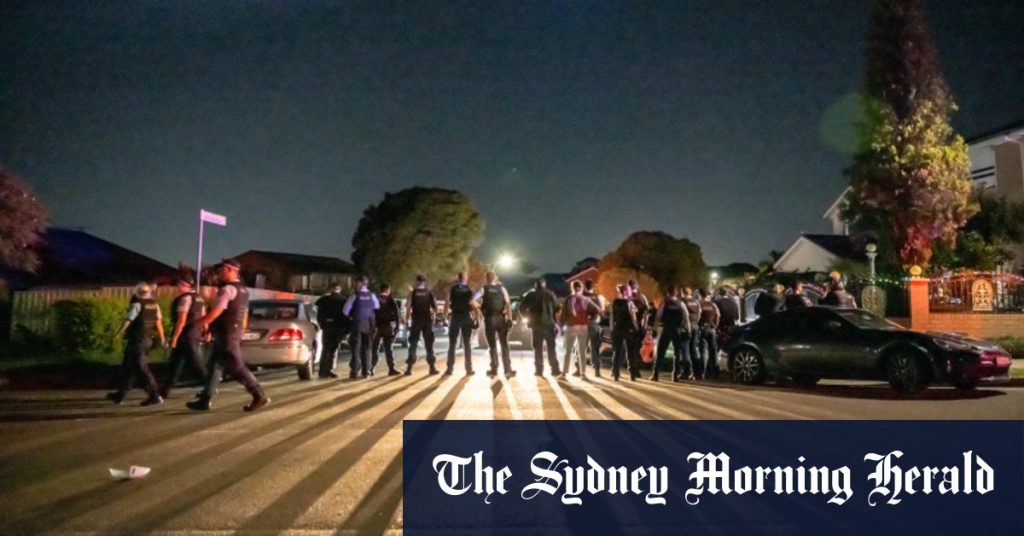Strike Force Dribs is currently reviewing 600 hours of footage in an effort to identify and apprehend up to 50 individuals involved in the riot outside a church. The incident, which saw people chanting and throwing bricks and rocks, was sparked by a stabbing that circulated within Assyrian, Maronite, Catholic, and Coptic Christian communities via group text messages. Experts note that the history of Assyrian persecution in the Middle East contributes to the community’s protective nature towards their institutions and religious leaders, leading them to respond to threats with resilience and determination.
The stabbing incident outside the church led to a confrontation with police, and one theory suggests that individuals may have felt the police were protecting the alleged perpetrator, prompting them to seek revenge. The community’s honour-based culture, rooted in a desire for retribution rather than legal action, may have influenced their reactions to the situation. Additionally, the resentment towards the police and government stemming from experiences in their home countries, compounded by frustrations over COVID-19 lockdowns, contributed to the escalation of tensions during the event.
Despite individuals like Basim Shamaon acknowledging the primary trigger being the stabbing incident, memories of lockdown and perceived mistreatment in western Sydney may have exacerbated the situation. The mob’s actions towards the police were deemed unacceptable by many in the community, who recognized the officers’ role in maintaining safety and minimizing harm. While the incident involved predominantly male participants, some observers attribute the escalation to bored individuals seeking outlets for their energy, such as gym activities or pastimes like attending sporting events.
Fairfield Mayor Frank Carbone notes that the majority of people present at the church service were there to support their relatives, and the number of arrests being made is a small fraction of those in attendance. He highlights the presence of individuals from outside the area who may have exploited the situation for their own reasons, contributing to the unrest. Concerns within the Muslim community regarding the quick categorization of the Wakeley incident as religiously motivated terrorism, compared to a mental health focus in a recent mass murder case, have also added to the tensions.
NSW Premier Chris Minns has emphasized the importance of maintaining calm, holding meetings with religious leaders and senior officials to address the ongoing situation. While the government is concerned about potential escalation, experts caution that the religious leaders engaged in discussions may not have influence over the fringe individuals who could exploit the events for personal gain. The presence of conservative individuals with strong religious beliefs in Western Sydney, some of whom may be marginalized socioeconomically and socially bound by honour culture, adds a complexity to the situation.
In light of the events and ongoing investigations, it is essential to consider the multifaceted factors contributing to the Wakeley incident. The history of Assyrian persecution, cultural norms rooted in honour-based principles, past experiences of distrust towards authorities, and frustrations stemming from various societal pressures all play a role in shaping community responses to perceived threats. Moving forward, efforts to address underlying tensions and engage with a diverse range of community members will be crucial in fostering understanding and preventing future escalations of conflict.


